The “NFT boom” opened the gate for many people to introduce themselves to the crypto industry. Several NFT marketplaces have been created, allowing artists and NFT creators to execute trades smoothly. It’s safe to say that the NFT market looks set to keep improving with even more extraordinary NFT projects.
But one of the key elements of creating an NFT project is the choice of blockchain technology for your product to thrive in an NFT marketplace.
That’s why we explain the fundamentals when choosing the ideal blockchain to release your new NFT collection.
Key Concepts to Consider For Your NFT Projects
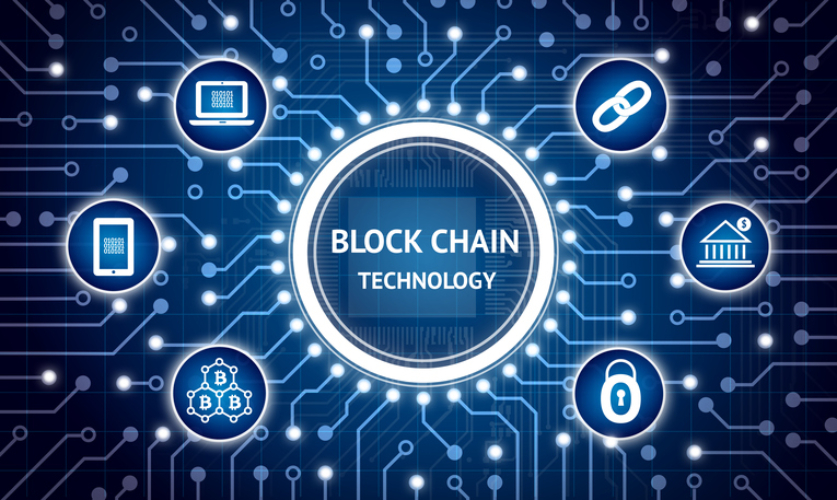
It’s essential to determine which blockchain and NFT platform your project will be running on. Given the variety of blockchains today, it takes time to choose the one that will be the best base for your NFT campaign.
However, there are some criteria to consider before venturing into the many NFT platforms.
Transaction Speed
The transaction speed plays a huge role in the success of any NFT project. With higher transaction speed, the blockchain can support many transactions per second, which allows better and more secure NFT minting.
The speed also has an impact on the transaction cost. With a low throughput, users will pay higher fees imposed by miners to ensure that their transactions will be prioritized over others.
Transaction Cost
Most of the NFTs are relatively cheap. There are few over the NFT space that surpassed the ceiling of thousands or millions of dollars. And if your NFT sales are low on pricing, why should someone pay a high transaction fee?
Relatively low transaction costs are optimal for the wider adoption of NFTs. You may choose a blockchain that has a structure without additional fees to draw more users toward your NFT project.
Security
Blockchain security is another critical aspect to consider. If it isn’t fundamentally strong, a blockchain can be hacked at any time.
In such cases, everyone loses. From developers, customers, traders, and NFT creators, everyone can lose their funds and data if a cybercriminal breaches the blockchain.
Smart Contracts Robustness
Every NFT platform relies on smart contracts. They are responsible for setting the conditions of trade between buyers and sellers.
A well-crafted and sophisticated smart contract guarantees the entire security of the platform. That’s why it is important for NFT blockchains to possess robust and reliable smart contract functionality.
Also, you should check the programming language for the blockchain’s smart contracts. As an example, the Ethereum blockchain employs Solidity, which is a rare specialization, and it may be difficult to find professionals that know this programming language. So you might have a better time with a blockchain that uses a more widespread language like C++, as there are many developers familiarized with it.
Consensus Mechanism
Blockchains are prone to be attacked. NFT platforms that operate using the PoW (proof-of-work) consensus mechanism will have to deal with more issues than those relying on the proof-of-stake (PoS) consensus. For this reason, it would be wise to give priority to those blockchains that use PoS or its related types.
Although, choosing the consensus mechanism would have some environmental impact. Blockchains that use PoW cause high amounts of greenhouse gas emissions.
Using PoS is considered to be more energy-efficient, as miners don’t have to solve complicated puzzles to prove their work in proof-of-stake blockchains. This means the required power is considerably lower.
The Best Blockchains for NFTs
Now we will dive deep into the many blockchains and the benefits that they have for your NFT project.
Ethereum
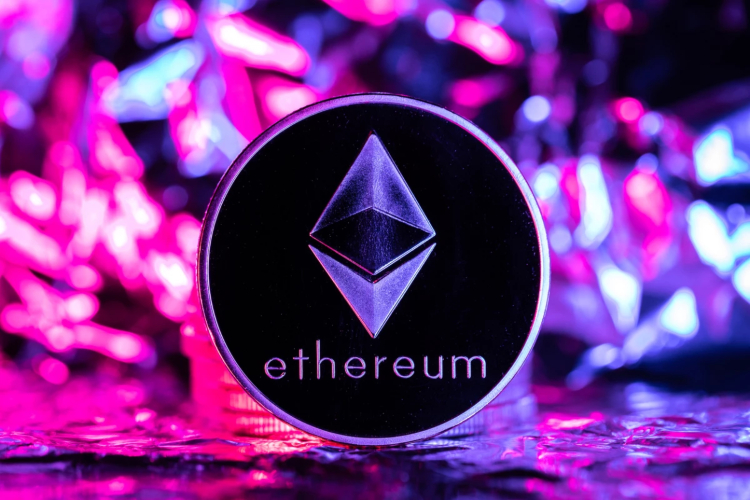
The Ethereum blockchain is the most popular for NFTs and all DeFi applications. It employs the ERC-721 token, a standard to create NFTs and the foundation for most existing NFT collections and many other upcoming projects.
Among the benefits that Ethereum provides are the following:
- It is highly decentralized.
- It eliminates the need for intermediaries and third parties, providing all services needed for transactions.
- It comes with a lot of technical documentation, making it easier for developers to build smart contracts.
- It hosts the most important NFTs and NFT liquidity.
Although, its popularity is the biggest downside for Ethereum. Due to the high amount of people using this blockchain, transactions may take a while to go through, resulting in increasing gas fees, depending on current network congestion.
Another weakness that Ethereum has is the use of a proof-of-work consensus mechanism. As we stated earlier, with PoW, computers have to solve complicated puzzles in order to add blocks of transactions to the blockchain. Thus, it takes a lot of energy and power to resolve, making Ethereum one of the most energy-intensive blockchains around the market.
Hopefully, with the implementation of the Ethereum 2.0 upgrade, some of the huge changes are the use of proof-of-stake consensus, which is more energy-efficient. It will also have faster transactions through the use of sharding further down the line, getting rid of those problems over time.
Solana

The Solana blockchain uses a unique consensus mechanism, and it made itself one of the favorites for NFT projects. It is the second largest blockchain for NFTs thanks to many benefits that Solana provides:
- With the lower price of its native token (SOL) and the lack of expensive gas fees, the Solana blockchain is a great option for those looking to buy their first NFTs
- It is one of the fastest DeFi networks, with a protocol capable of processing around 2,700 transactions per second on average.
- The combination of the blockchain and its hybrid consensus model allows for lower validation times for smart contract execution and transactions, as well as really cheap transaction fees.
Although, contrary to the Ethereum blockchain, its low popularity can be a big downside, as it doesn’t receive the same attention from mainstream media and celebrities as happens with Ethereum. The protocol’s lower user base led to a lack of multiple NFT marketplaces and substantially lower trading volume than the competition. No one can match the level of liquidity that Ethereum manages, and it is a key element for both collectors and developers.
Additionally, Solana received heavy criticism from the industry due to suffering occasional slowdowns and several network outages. Over the first half of 2022, the Solana network experienced six outages. It’s crucial for NFT investors that the chosen network is reliable in order to avoid interference with purchases and sales. And any outage that may occur will become a worrying concern.
Binance Smart Chain (BSC)

The Binance Smart Chain blockchain is an Ethereum Virtual Machine-compatible blockchain that can run alongside or independently from the Binance Chain. This allows throughput on the Binance Chain to continue uninterrupted while it introduces smart contract functionality to the ecosystem.
The BSC operates using the BEP-721 token standard, allowing the creation of NFTs, and many developers that use the Ethereum blockchain can use similar tooling on BSC with few changes.
One of the main benefits of BSC is that it operates using a consensus mechanism called proof-of-stake-authority, and it enables short block time and low transaction fees.
While there were few NFT collections released on the BSC, the NFT trading over the network has been increasing considerably towards the end of 2021 and during 2022, and its ranking among the highest volume chains for NFT sales.
Tezos
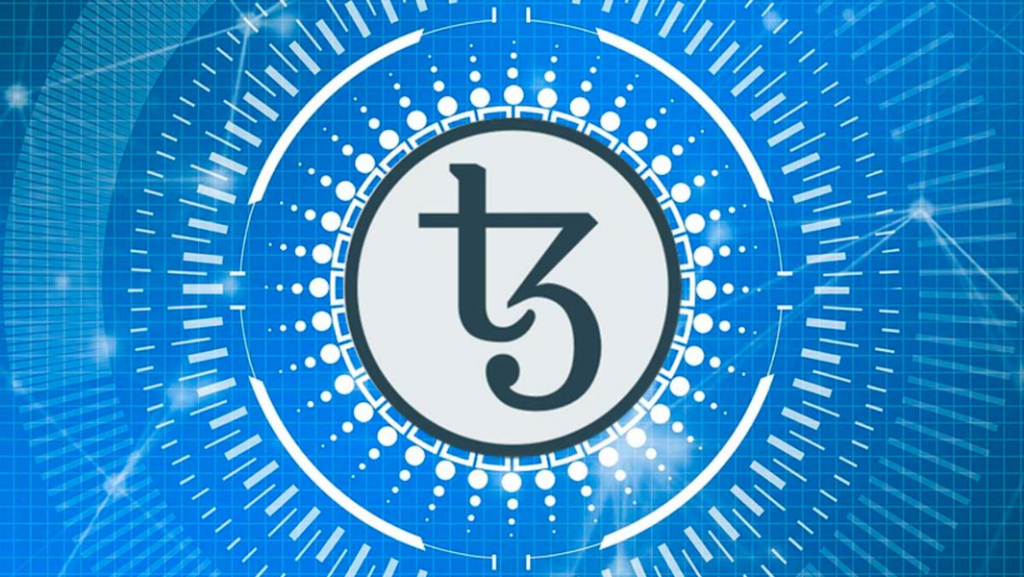
The Tezos blockchain is a decentralized open-source blockchain that enables the smooth execution of P2P (peer-to-peer) transactions. Many NFT artists choose Tezos to mint their NFTs due to their low transaction fees.
Tezos works with different NFT marketplaces such as Bazaar Market, Objkt, Kalamint, OneOf, and Hic et Nunc. And it gains popularity attracting some celebrities and famous partnerships employing the minting of NFTs from Doja Cat, Redbull, and the Grammy Awards.
Cardano
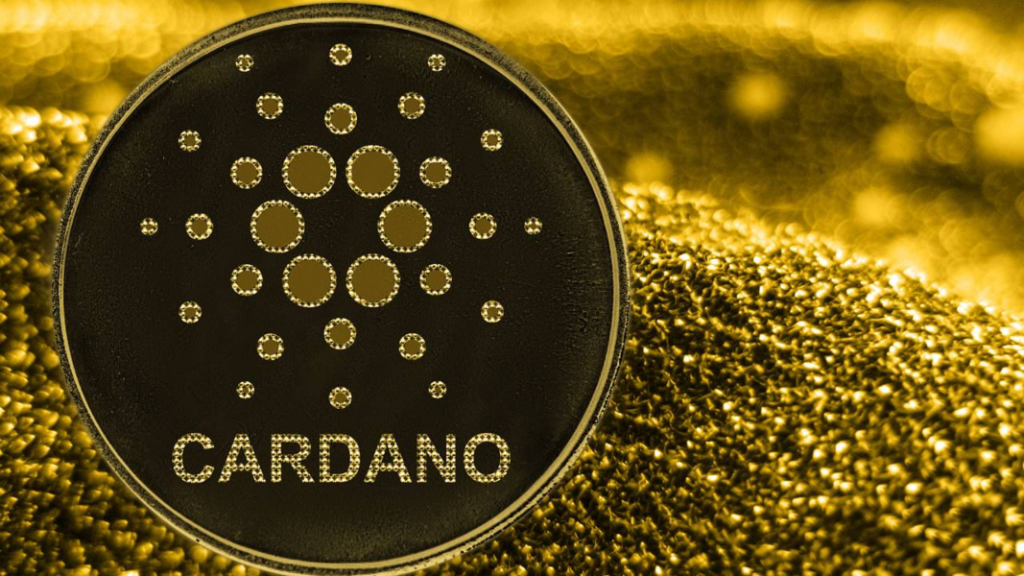
The Cardano blockchain emerged as an environmentally friendly blockchain and one of the fastest available. The most prominent NFT projects include CardanoKidz, Professor Cardano, Spacebudz, Crypto Knitties, Crypto Mayor, and Somint (an art marketplace).
Also, the Cadalabs launched its first Cardano-powered NFT and digital collectibles DeFi platform, with “Cadalabs NFTs and Crypto Collectibles Market.” It offers the users the opportunity to exclusively brand and mint their digital services and content.
With a recent upgrade of the Alonzo hard fork, it helps anyone to deploy and design their own smart contract. This helps to promote the creation of new cryptocurrencies over the Cardano blockchain, as also mint NFTs more readily.
Tron
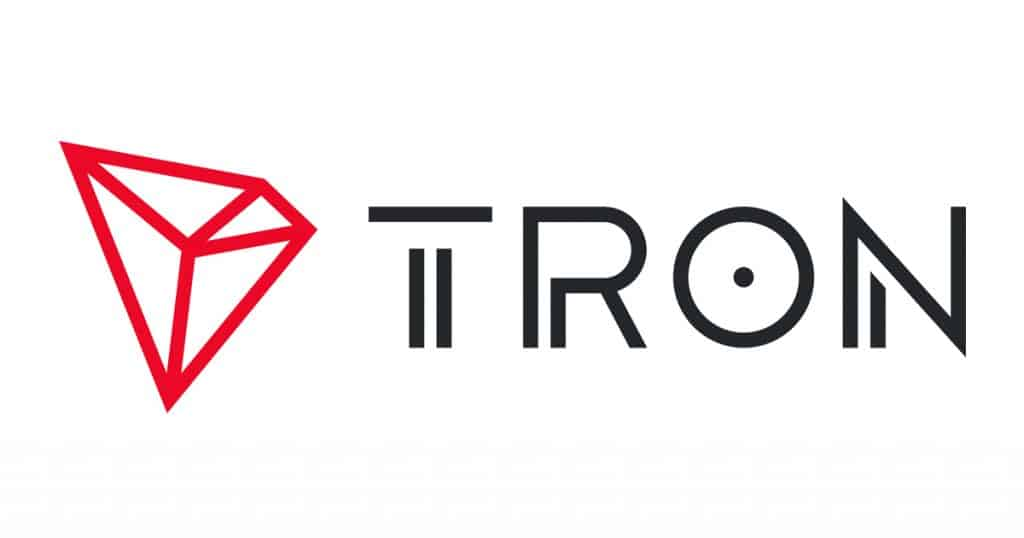
The Tron blockchain is another fully decentralized open-source blockchain that enables the development of smart contracts, dApps, and tokens, including NFTs.
Its token standard (TRC-721) allows traders to trade NFTs on the Tron blockchain to the existing TRC-20, as well as to explore new possibilities for the blockchain.
Its first and most popular project, TPunks, was immortalized following the success of Crypto Punks, with the “Joker” TPunk being sold for $10.5 million dollars.
They launched the Tron Foundation with a $300 million project named Tom Arcade, which will be investing in play-to-earn projects for the next several years.
WAX
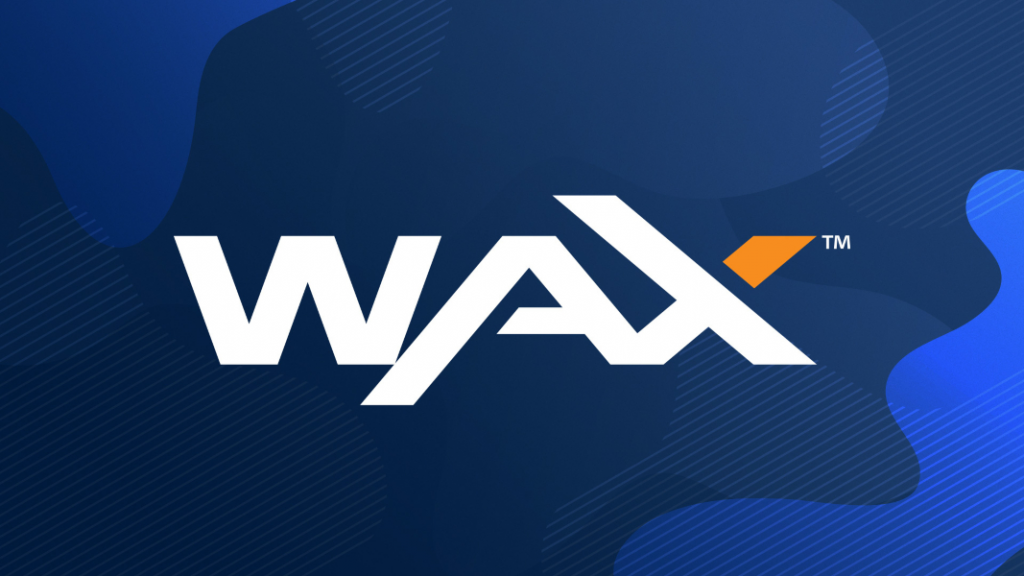
The Worldwide Asset eXchange, also known as WAX, is one of the most widely used blockchains for NFTs, video games, and dApps. People choose WAX for offering the most secure and convenient means of creating, buying, selling, and trading both physical and virtual items.
It has facilitated the trade of NFTs from many partners, including Atari, Topps, Capcom, Sony’s Funimation, and Funko. Also, it provided the NFTs for some recognized films like the SAW franchise and Princess Bride, renowned artists and entertainers like Deadmau5, William Shatner, Weezer, and many more celebrities.
WAX has innovated vIRL NFTs, a different form of NFTs that we usually see in other blockchains. It features a host of dynamic functionality, which includes video game/app integration, V-commerce capabilities, and marketing tools. It also links to real-world items without needing to physically ship anything until the buyer is ready to claim it as their own.
Lastly, WAX is a viable solution for establishing NFT marketplaces, such as NeftyBlocks and AtomicHub (WAX-powered platforms where you can buy or sell NFTs).
Flow
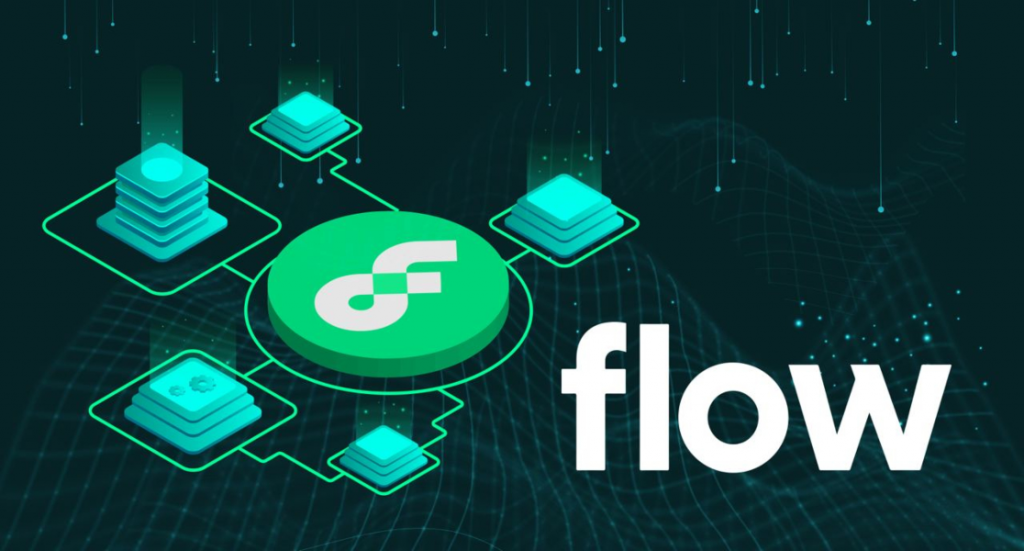
The Flow blockchain is built for large scalability without the use of sharding techniques, allowing for low-cost and fast transactions in dApps like crypto-infused video games and NFT markets. With its multi-node architecture, it allows for vertical scaling.
Flow emerged in popularity with the transit of CryptoKitties to this blockchain and the increasing popularity of NBA’s Top Shot NFTs.
It also employs a proof-of-stake consensus model, requiring validators to stake a certain number of Flow tokens in order to join the network.
Closing Thoughts
NFTs have become a huge part of the crypto ecosystem. They have been adopted by many celebrities, artists, developers, and both small and large-scale businesses over the past years to help generate community interest, opening the door to new revenue opportunities.
Take your time to think about which blockchain will be the best option for your NFT project. Your choice largely depends on what your project needs. Ethereum will give you a secure, decentralized, and popular platform, while other blockchains like Solana and BSC could sacrifice some of this popularity for lower transaction fees and a faster transaction speed.

SEO enthusiast and digital marketing strategist. My expertise lies in optimizing websites for organic traffic growth and search engine visibility. I carry out, among others, SEO tests, keyword research and analytical activities using Google Analytics. Privately, he is a lover of mountains and bicycle trips.

